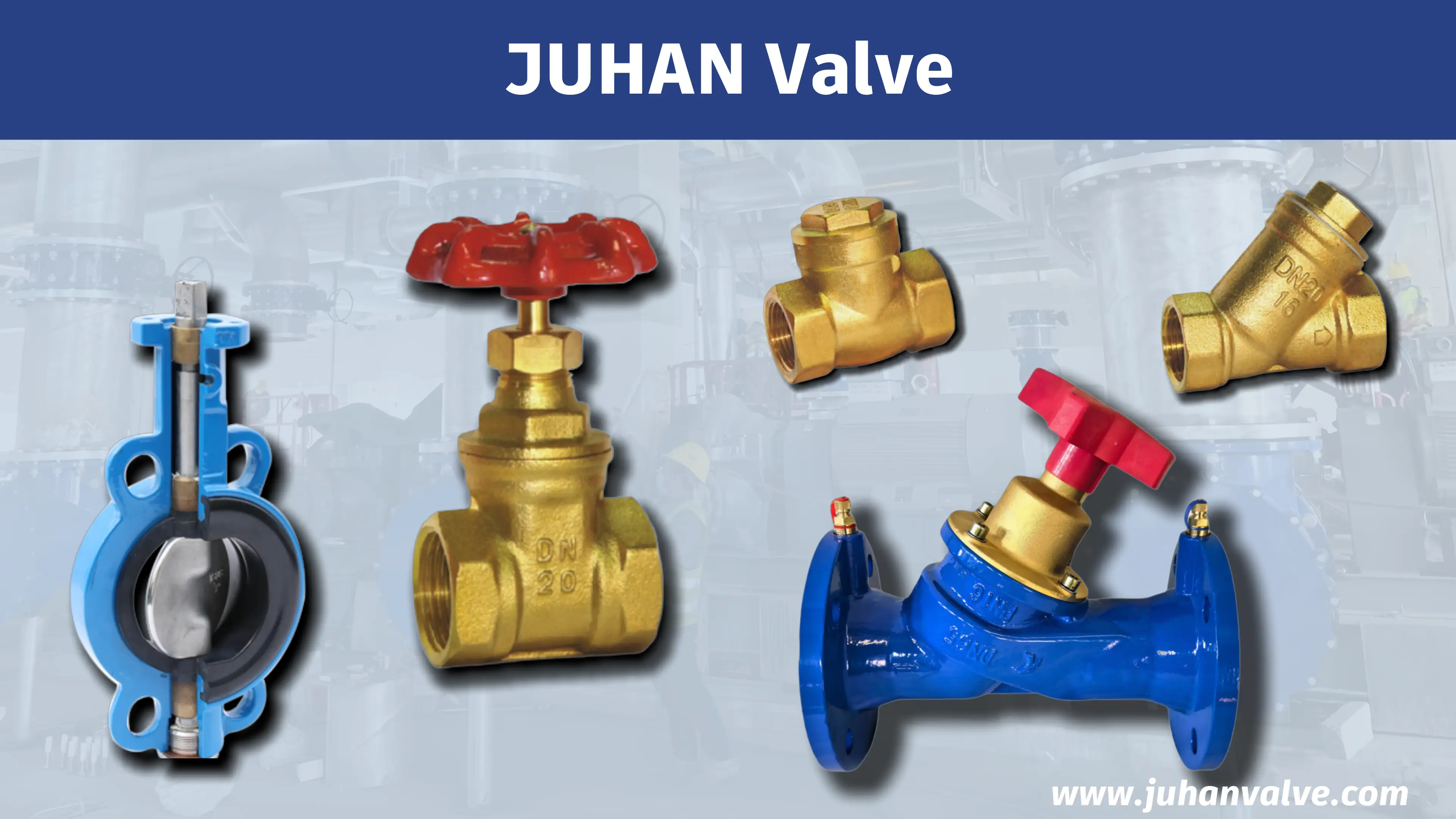Brass valve vs Bronze valve:Material Considerations
Release time:2025.05.19
Brass valve vs Bronze valve:Material Considerations

In the industrial fluid control sector, material selection directly impacts valve performance, longevity, and safety. When choosing copper-based materials, brass and bronze are the two most commonly used. Although they appear similar, their compositions, physical properties, and application scenarios differ significantly.
Composition Differences Between Brass and Bronze
| Material | Main Composition |
|---|---|
| Brass | Copper + Zinc |
| Bronze | Copper + Tin (may include Aluminum, Silicon, Nickel, etc.) |
Performance & Application Comparison
| Property | Brass | Bronze |
|---|---|---|
| Machinability | Excellent, suitable for precision parts | Moderate, more difficult to machine |
| Corrosion Resistance | Average, prone to dezincification | Superior, ideal for harsh environments |
| Mechanical Strength | Moderate | High |
| Cost | Lower | Higher |
| Typical Uses | Potable water systems, small valves | Marine systems, industrial pipelines, shipboard valves |
Application Recommendations
Selecting brass or bronze as a valve material should depend on the specific operating conditions:
- Potable water or indoor plumbing: Low-lead brass valves are recommended.
- Seawater or corrosive environments: Choose bronze to avoid corrosion.
- High temperature and pressure systems: Bronze offers better heat resistance and strength.
- Budget-sensitive projects: Brass provides a good cost-performance ratio.
Looking for high-performance copper-based valves for your application?
JUHAN offers a complete range of reliable valve solutions. Our technical team can recommend the most suitable materials for your project needs.
Contact JUHAN for a Free Consultation
